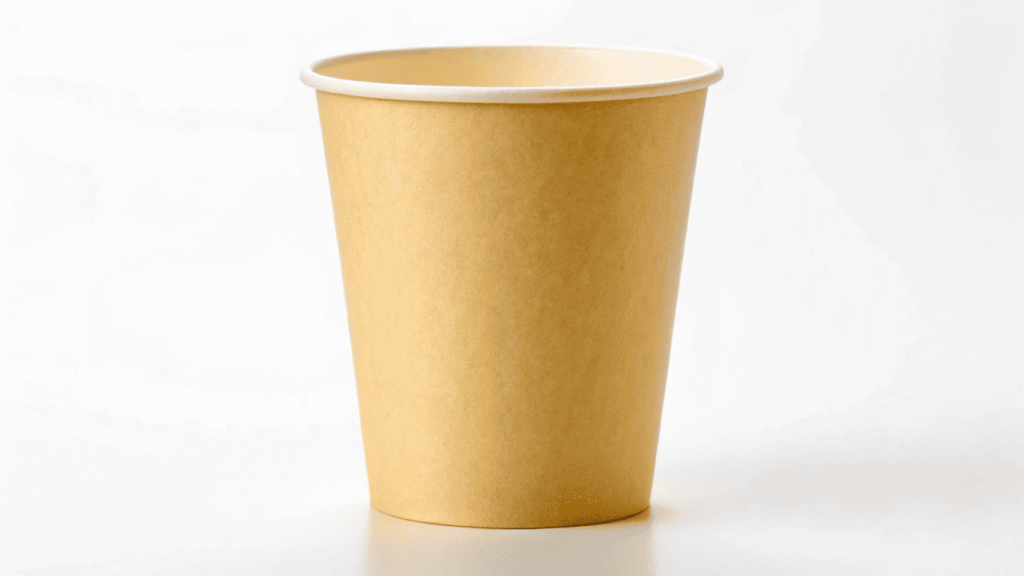You want to switch to eco-friendly cups, but the term "bio" is confusing. You worry about "greenwashing" and accidentally choosing a product that isn't really sustainable.
A true bio paper cup has two key raw materials. First is paperboard from sustainably managed forests, verified by certifications like FSC. Second is a plant-based coating, like PLA or an aqueous solution, which replaces traditional petroleum-based plastic.
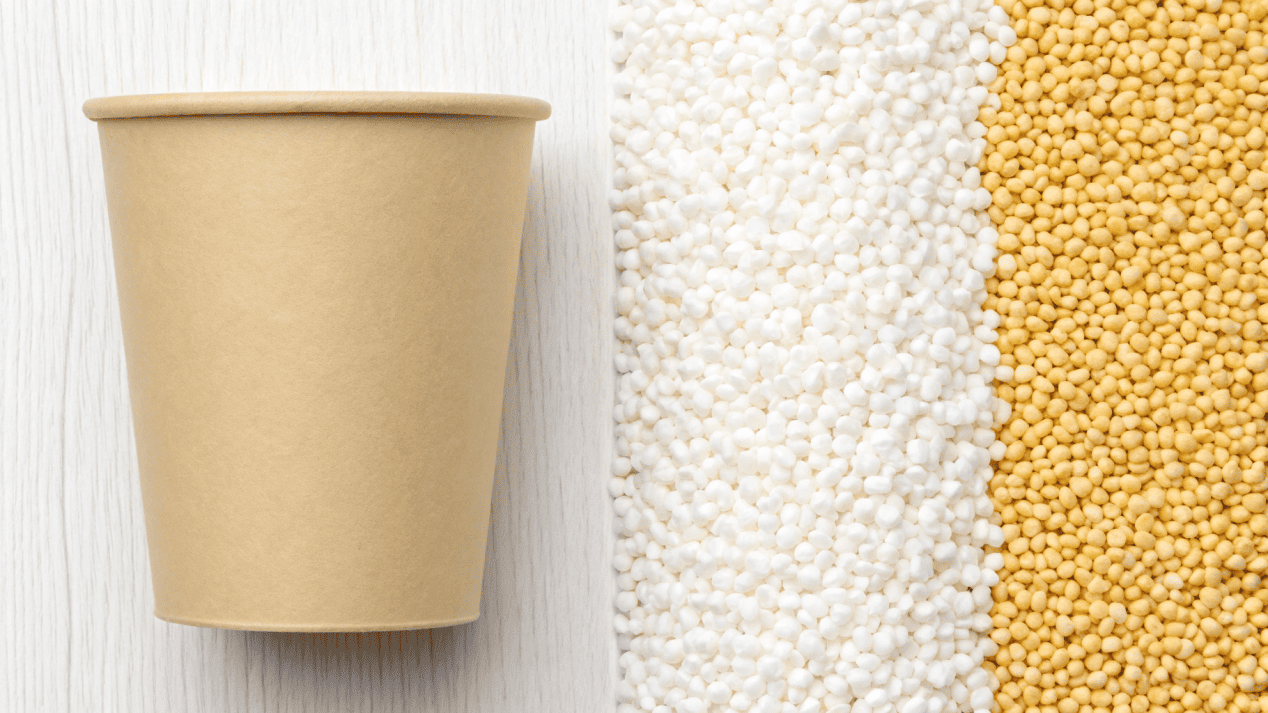
A few years ago, a large coffee chain client came to me because they were lost. They were getting quotes for "green" cups from five different suppliers, and each one told them a different story. They were about to make a huge investment based on confusing marketing terms. I sat down with them and explained what goes into a truly sustainable cup, piece by piece. Transparency is everything in this business. So, let’s break down the raw materials so you can choose with confidence.
What Replaces the Plastic Lining in a Bio Paper Cup?
You know paper cups need a waterproof lining to hold liquid. You might assume all "eco-friendly" linings are the same, leading you to choose a cup that doesn't work with your local recycling or composting system.
The traditional petroleum plastic (PE) is replaced with a plant-based coating. The most common is Polylactic Acid (PLA), made from cornstarch, which is commercially compostable. Another great option is an aqueous (water-based) coating.
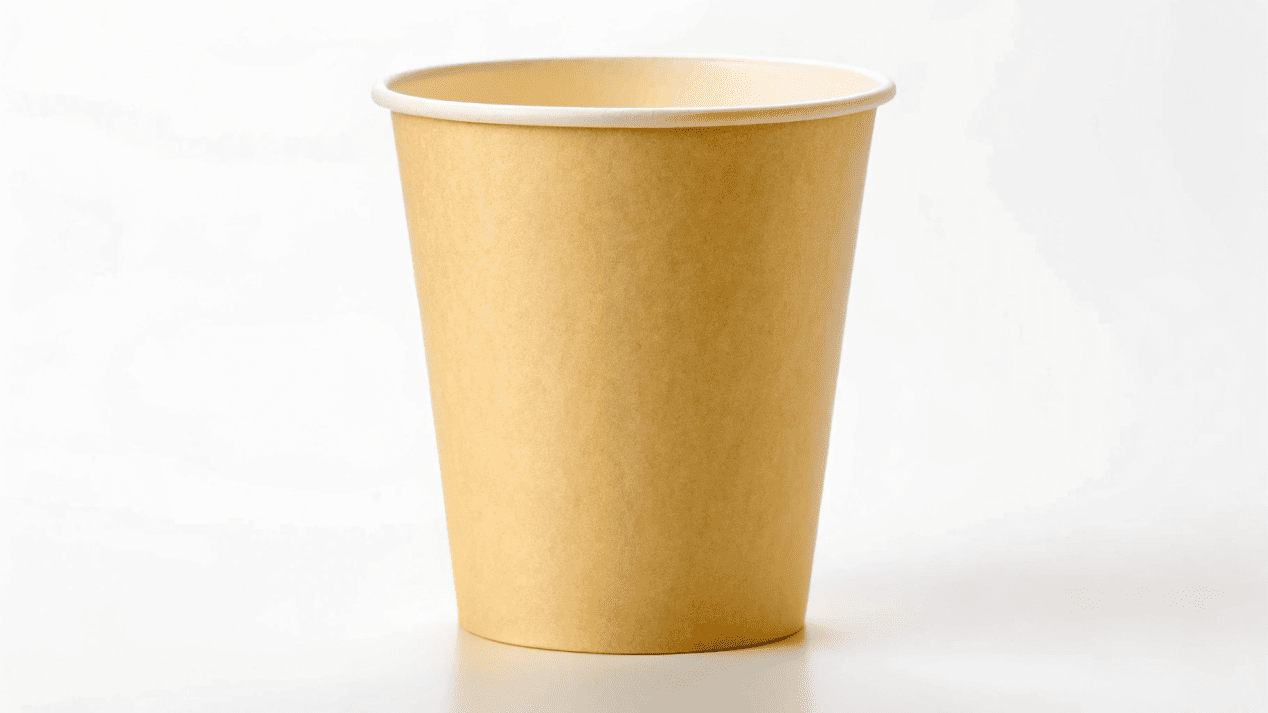
A paper cup is just a paper tube until you add the lining. This is where the magic happens for a bio cup. For decades, that lining was polyethylene (PE), a type of plastic. In a bio cup, we replace it. The most common replacement is PLA, or Polylactic Acid. This is a bioplastic made from fermenting plant starches, usually from corn or sugarcane. It creates a strong, waterproof barrier that works great for hot and cold drinks. Its main feature is that it's designed to be compostable in an industrial facility. Another exciting innovation is the aqueous or water-based coating. This uses water to apply a mix of natural materials to the paper. The great thing about this coating is that it makes the cup easier to recycle in standard paper recycling systems. I always tell my clients that the choice depends on their local waste system. If you have access to industrial composting, PLA is perfect. If you want more flexibility with recycling, aqueous coatings are a fantastic solution.
Coating Comparison
| Feature | PLA Coating | Aqueous Coating |
|---|---|---|
| Source | Plant Starch (Corn, Sugarcane) | Water-based natural polymers |
| End-of-Life | Industrial Composting | Often Recyclable & Compostable |
| Best For | Closed-loop systems with composting | Areas with strong paper recycling |
Is the Paper Itself in a Bio Cup Sustainable?
You focus so much on the "bio" coating that you forget to ask about the paper itself. The cup could be made from wood harvested irresponsibly, completely defeating your sustainability goals.
The paperboard itself must be sustainable. This means using a high-quality, virgin fiber grade like Solid Bleached Sulfate (SBS) sourced from forests that are certified by the Forest Stewardship Council (FSC®) or PEFC™.
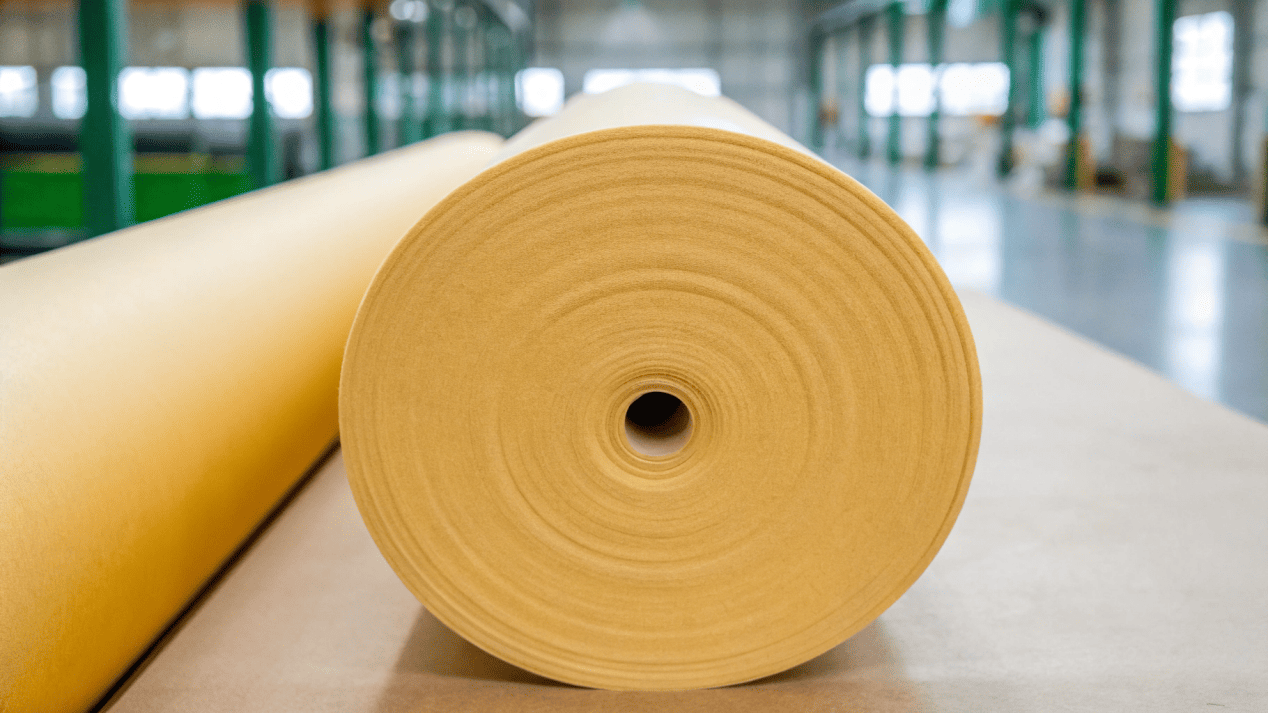
The coating is only half the story. The body of the cup is made from paperboard, and its source is just as important. In my factory, we use a premium grade called Solid Bleached Sulfate (SBS). It's made from virgin wood fibers, which gives it the strength and stiffness needed to hold hot liquids without getting weak. The virgin fiber also provides a clean, pure surface that is essential for food safety and high-quality printing. But the most critical part is where that wood fiber comes from. A true "bio" cup must use paperboard from a responsibly managed forest. This is not something you can take a supplier's word for. You need proof. That proof comes from certifications like the FSC® (Forest Stewardship Council®). When you see the FSC logo on my products, it means the entire supply chain, from the forest to my factory, has been audited to ensure the wood is harvested sustainably. This is a non-negotiable for me.
Why Is the Supply Chain for Bio-Materials a Challenge?
You're ready to switch to bio cups, but you find they are more expensive and sometimes harder to get than plastic-coated cups. You wonder if the supply chain is reliable enough for your business.
The supply chain is a challenge because the bio-materials market is still maturing. Limited production capacity for materials like PLA and competition for agricultural resources can lead to higher costs and price volatility.
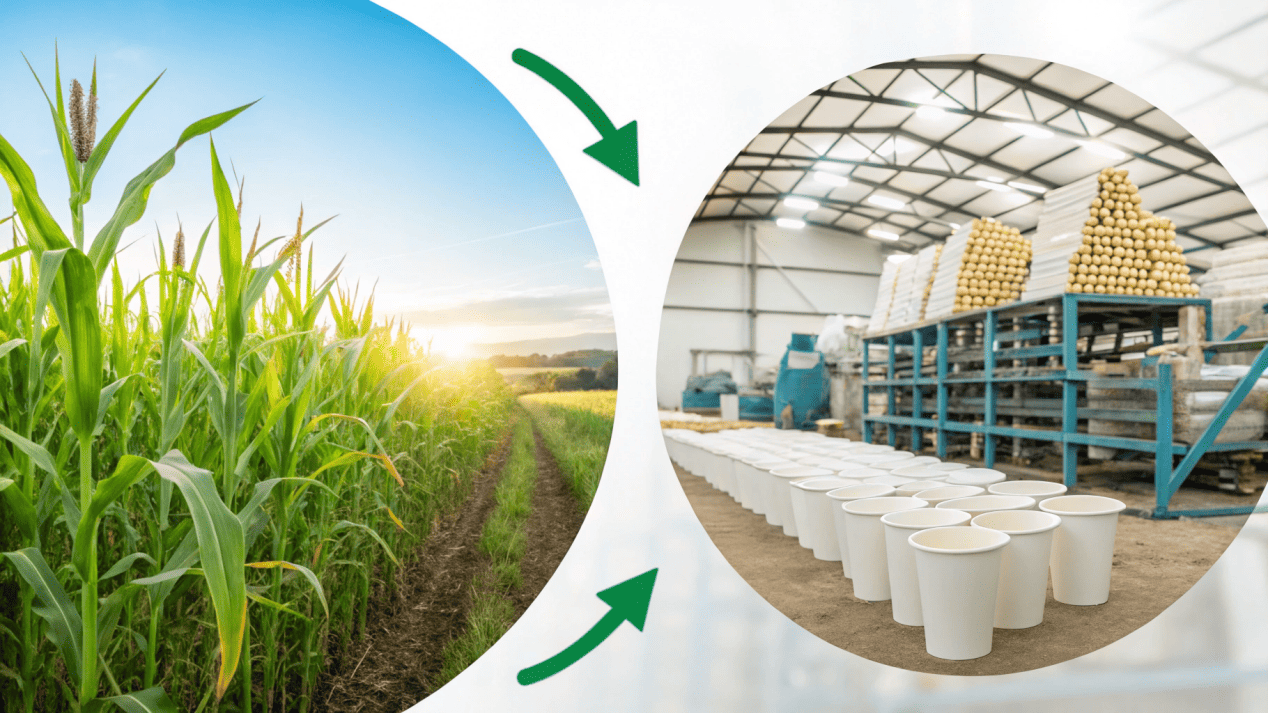
It’s important to be honest about the challenges. The supply chain for petroleum plastics is huge and has been established for over 50 years. The supply chain for bio-materials is much newer and still growing. One of the main challenges is raw material availability. Bioplastics like PLA are made from agricultural resources like corn. As global demand for these materials grows, it can create pressure on land and compete with food production. Another issue is production capacity and cost. The factories that make bioplastics are not as common as plastic refineries. This limited capacity and a more complex production process can mean higher costs compared to traditional PE-coated cups. As a manufacturer, I deal with this by building very strong, long-term relationships with my raw material suppliers. By forecasting our needs and signing volume contracts, we can help stabilize the price and ensure we always have a consistent supply for our clients. The good news is that as the market gets bigger, these costs will continue to come down.
What Certifications Prove a Paper Cup is Truly "Bio"?
You see terms like "green," "eco," and "earth-friendly" everywhere. You need a simple way to cut through the marketing noise and know for sure that a cup's claims are real.
Third-party certifications are the only real proof. For compostability, look for standards like ASTM D6400 and the BPI logo. For responsible paper, look for certifications like FSC® or PEFC™.
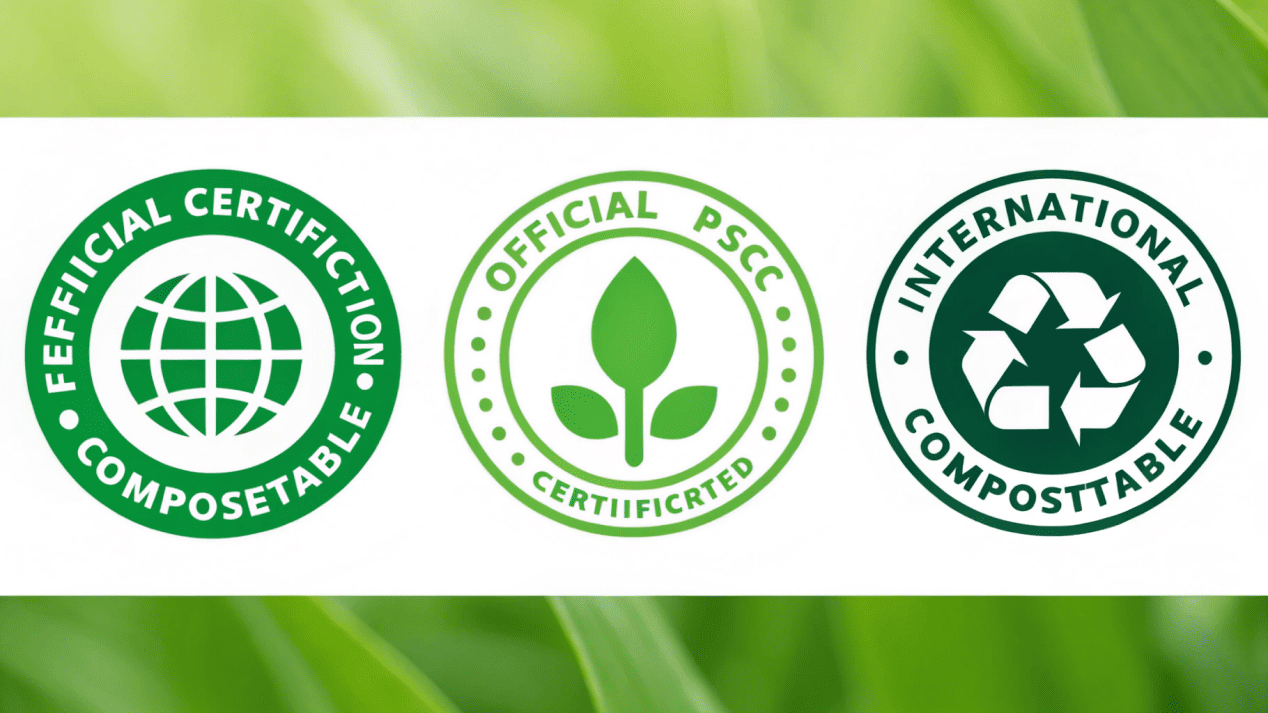
In the world of sustainable products, certifications are the language of trust. Marketing words mean nothing without proof from an independent, third-party organization. When I talk to my clients, I tell them to look for two key types of certifications. The first type is for compostability. This proves the cup will break down as promised. In the USA, the standard is ASTM D6400, and the logo you will see on the cup is from the BPI (Biodegradable Products Institute). In Europe, the standard is EN 13432. These certifications guarantee the cup will break down in a commercial composting facility within a specific time and leave nothing toxic behind. The second type of certification is for responsible fiber sourcing. This proves the paper comes from a good place. The two most respected global organizations are the FSC® (Forest Stewardship Council®) and PEFC™. Seeing one of these logos on your cup is your guarantee that you are not contributing to deforestation. I make sure my products have these certifications so my clients have verifiable proof for their customers.
Conclusion
A bio paper cup's integrity comes from its raw materials. By choosing certified sustainable paperboard and a proven plant-based coating, you can confidently offer a product that is truly better for the planet.
